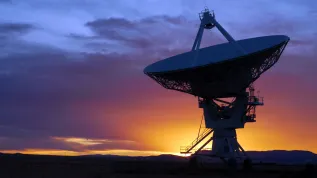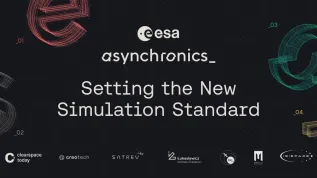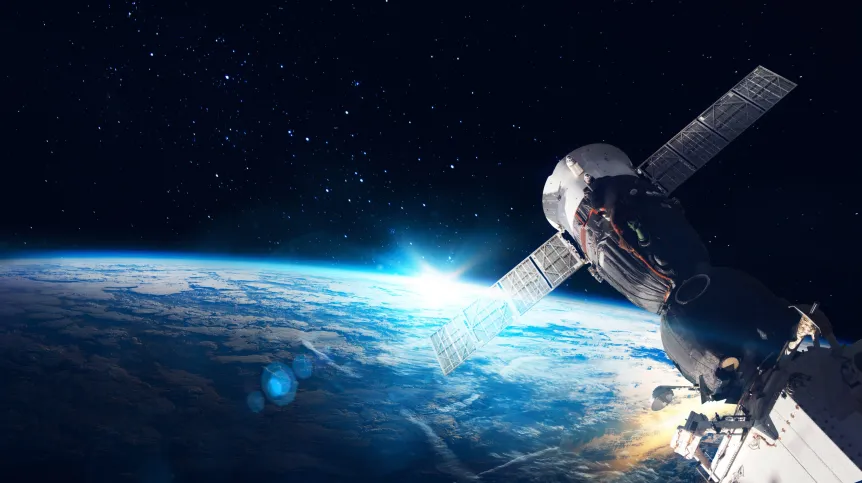
In the last six months, Starlink satellites performed around 150,000 manoeuvres to avoid collisions in low Earth orbit (LEO), raising concerns over growing congestion. But despite the increasing traffic, experts say there is still room if managed carefully.
“Most avoidance manoeuvres don’t affect satellite performance. You could say these events are transparent for us,” Dr. Tomasz Barciński from the Space Research Centre of the Polish Academy of Sciences told the Polish Press Agency (PAP).
LEO, spanning altitudes from 200 to 2,000 kilometres, is home to most satellites and crewed missions, including the International Space Station (ISS). Satellites here travel at about 27,400 km/h, orbiting Earth every 90 minutes. But the rapid increase in satellite numbers has led to warnings about orbital crowding.
“It’s a good question, but hard to answer clearly,” Barciński said when asked whether we are reaching orbit’s capacity. “If we assumed zero collisions without manoeuvres, we’ve already passed that limit. But if we accept minimal risk and use manoeuvres, the situation looks very different.”
He compared the current orbital environment to a well-managed city where drivers follow the rules. Accidents still happen, but much less frequently, he said.
Barciński said there’s no evidence yet of the feared “Kessler Syndrome”, a chain reaction of satellite collisions creating uncontrollable space debris. But he warned that early signs would be difficult to detect.
“For now, we don’t observe this process. But if we’re at the very beginning of it, nothing will be visible for a long time. And once it starts, the chain reaction could be unstoppable,” he said.
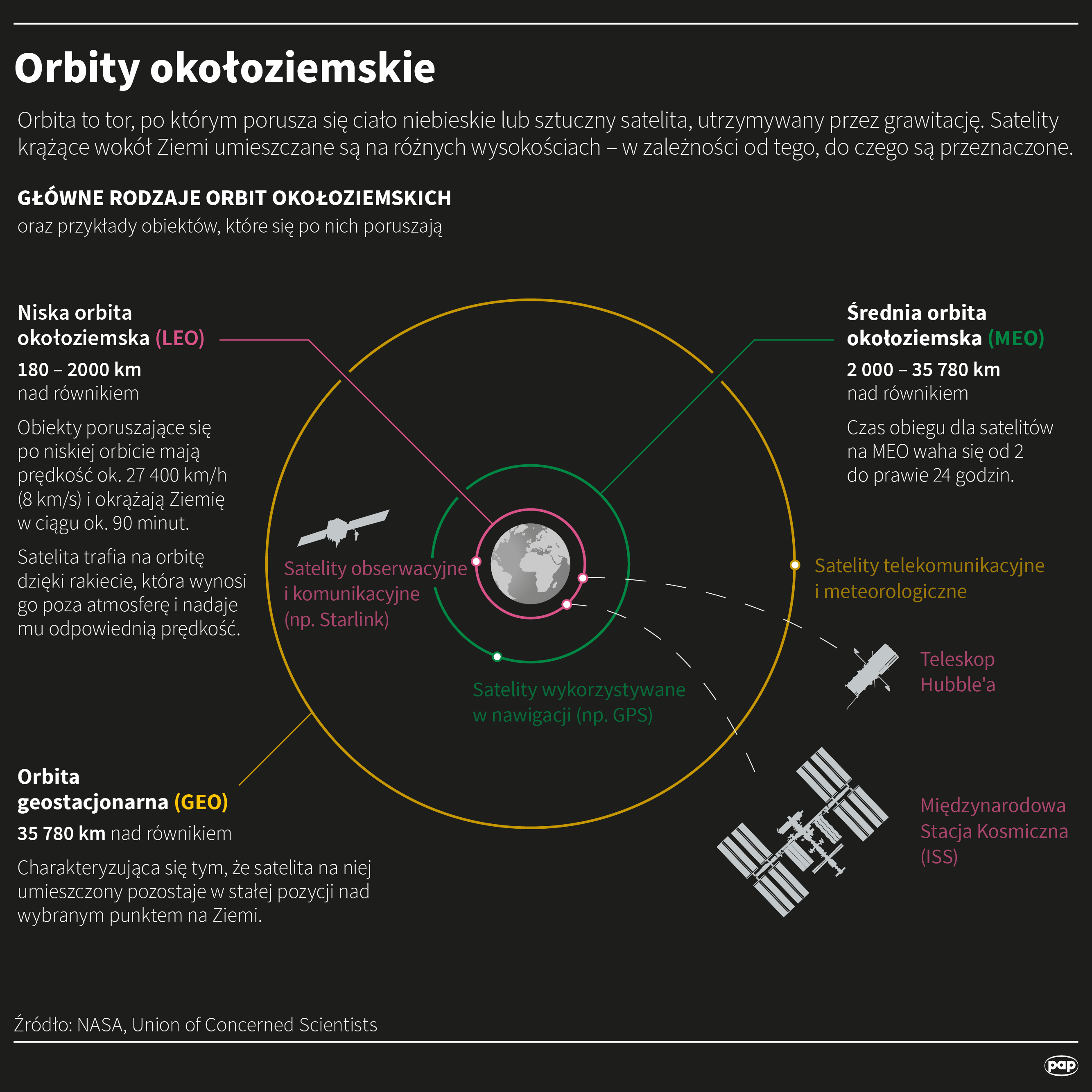
In such a scenario, he added, “we would need entirely new technologies, or armoured satellites, to keep working in orbit.”
Though LEO gradually clears itself due to atmospheric drag, the process is extremely slow.
“There are still some air molecules that slow objects down, causing them to eventually re-enter the atmosphere. But it takes decades. Meanwhile, our civilization is already deeply dependent on satellites,” Barciński said.
Space debris is mostly generated by explosions, not crashes. “Rocket parts with leftover fuel can explode. Even satellite batteries can. These events are much more frequent than collisions,” he said. “They create debris clouds that resemble Saturn’s rings. Some of this debris is tracked from Earth, but smaller pieces are invisible.”
Some modern satellites are equipped with sensors to detect debris and perform autonomous avoidance manoeuvres.
To curb the growing threat, satellite operators are now required to remove or relocate old equipment at the end of its mission.
“Agreements have been signed to reduce LEO congestion. Satellites must either deorbit or, if they have fuel, be moved to a high ‘graveyard’ orbit,” Barciński said.
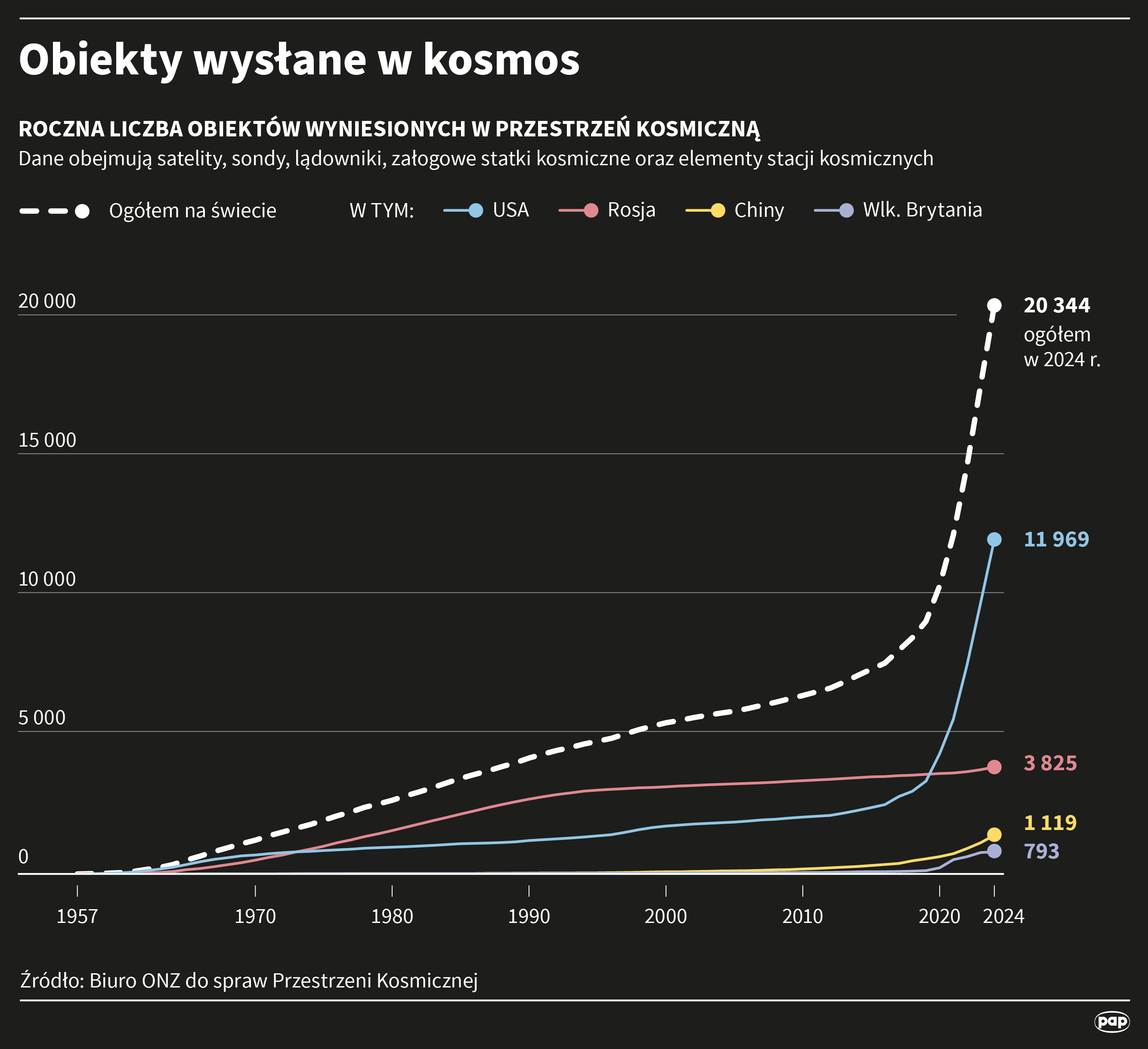
Most satellites orbit at 500–600 km altitude, while the ISS is at about 400 km and China’s Tiangong station slightly lower. However, decaying satellites could soon pose a risk to these stations.
“The danger arises when thousands of satellites at higher altitudes begin to fail or descend. The stations will have to manoeuvre more often,” he explained.
Barciński said researchers are exploring lower orbits and new technologies like “pseudosatellites”—high-altitude aircraft that mimic satellite functions.
“There’s growing interest in operating below current station altitudes, but the atmosphere is dense and unstable there, especially during high solar activity,” he said. “Aircraft that stay aloft for long periods over fixed areas are another option. These could act like satellites without contributing to orbital traffic.”
Despite the rising risks, Barciński remains optimistic. “Assuming we accept a small level of risk and continue improving technology, this orbital ‘ocean’ will remain open for a long time,” he said.
Marek Matacz (PAP)
mat/ bar/ amac/

